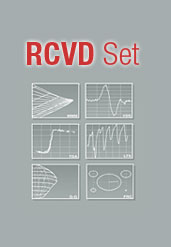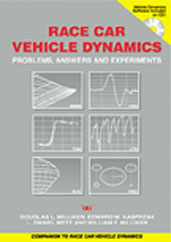Technical Paper
Skidmark Signatures of ABS-Equipped Passenger Cars
1990-02-01
900106
An experimental study was performed in order to determine whether or not ABS equipped automobiles leave skidmark signatures during emergency braking. The purpose of the study was to determine the feasibility of using conventional accident reconstruction methods on ABS equipped cars. Vehicles were braked from 65 mph (105 kph) on both asphalt and brushed concrete surfaces. A 1988 BMW 325 ES, a 1989 Mazda 626, a 1989 Nissan Maxima, a 1989 Oldsmobile Touring Sedan and a 1989 Toyota Supra Turbo were used as test vehicles. A 1987 Dodge Lancer, without ABS, was tested as a control vehicle. Data taken included stopping distance, skid mark lengths and deceleration rate. Vehicle handling and skid mark visibility were also noted. The experimental program showed that ABS equipped automobiles produce no discernable skidmarks under emergency, dry pavement braking conditions.


